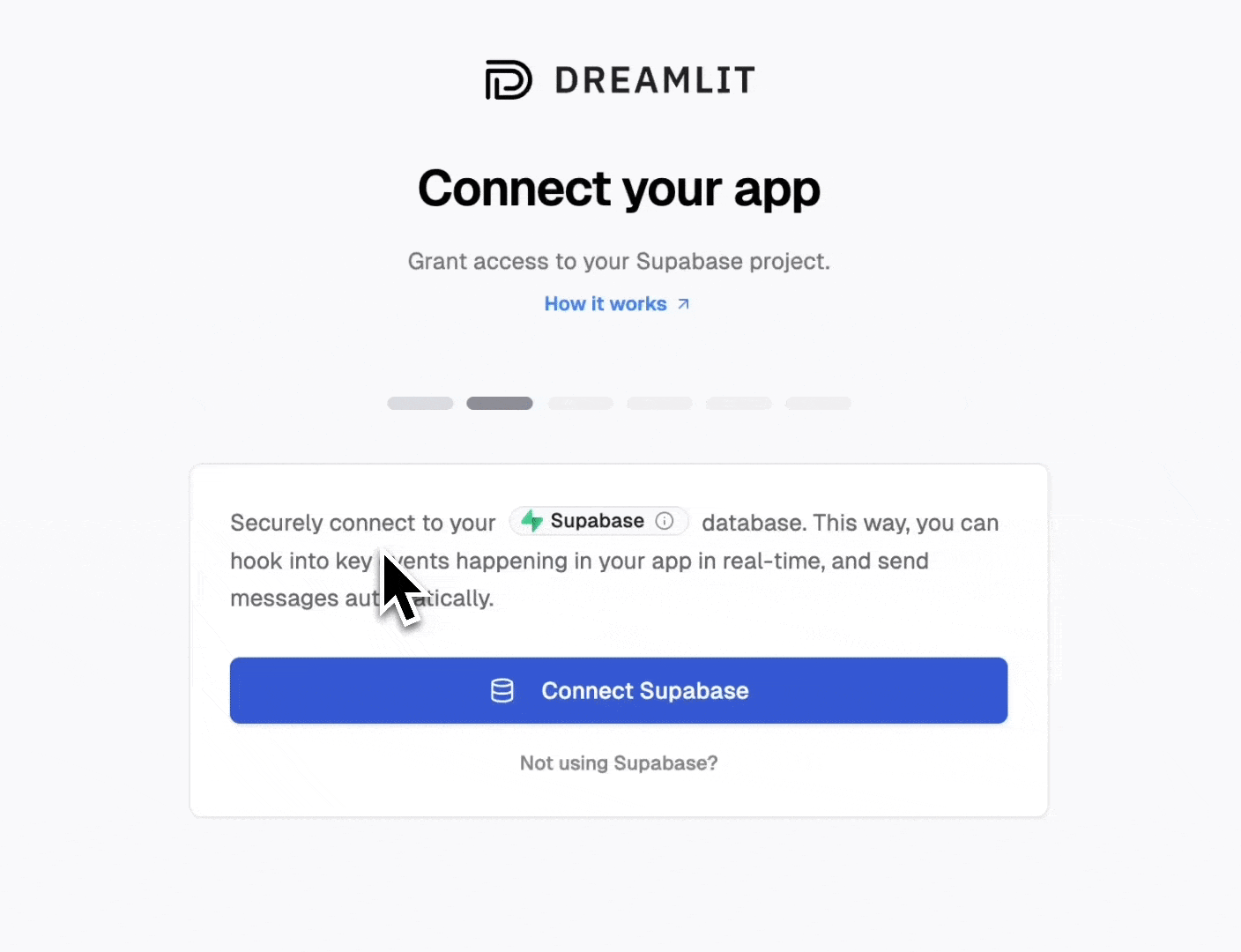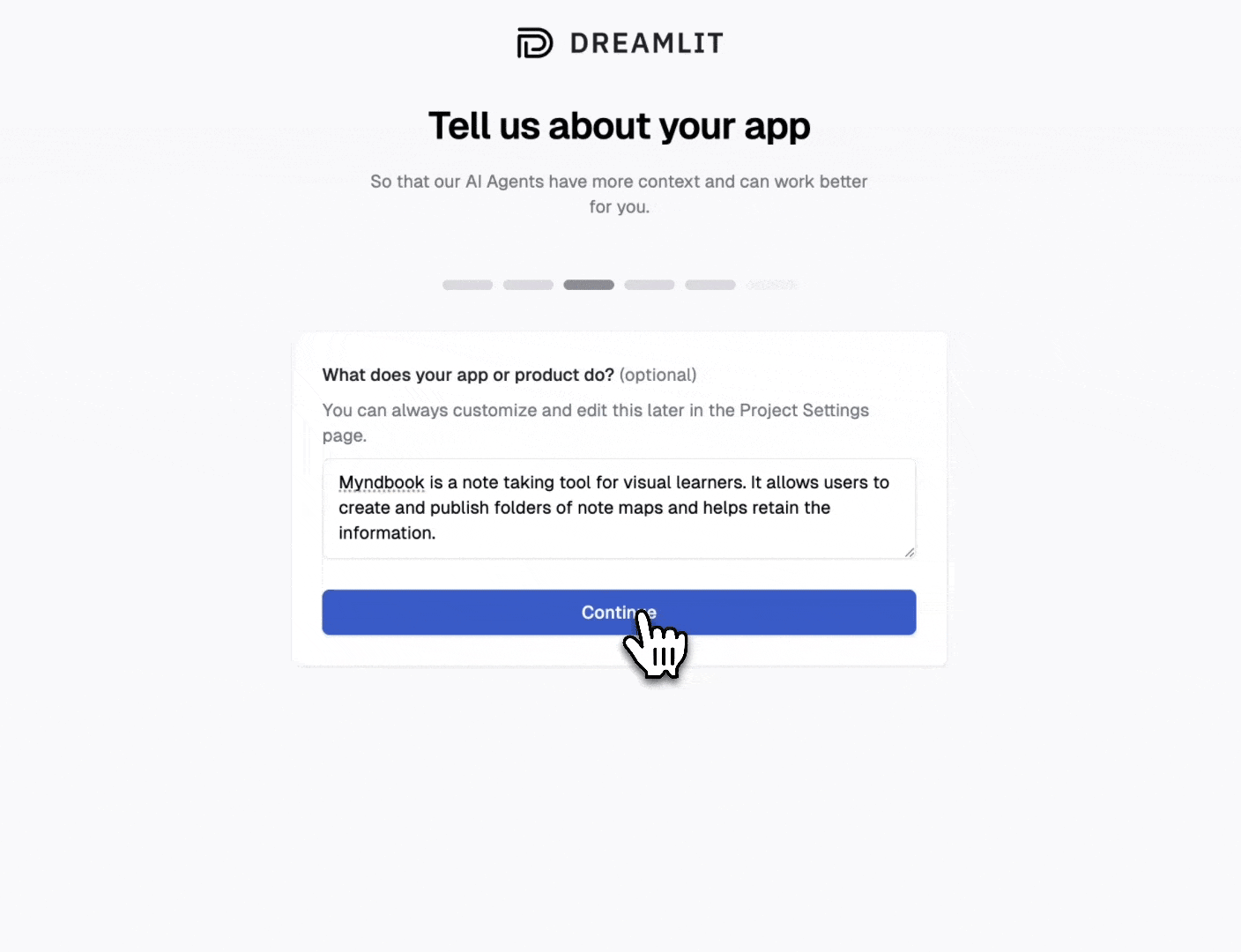
Supabase Auth emails
The default Supabase Auth configuration is not production-ready. This means if you’re using Supabase Auth for user authentication, you’ll need to set up a proper email sender for all your auth emails—otherwise your users will not receive these critical emails from your app.What is Supabase Auth and do I need to configure it for my project?
What is Supabase Auth and do I need to configure it for my project?
You need custom auth emails if you’re using any of the following authentication methods:
- Email and password accounts
- Passwordless login (magic links or OTP sent via email)
- Email-based user invitations (from dashboard or admin APIs)
- Social login with email confirmation
- User sign-up with email verification
- “Forgot password” functionality
- Account email changes that require confirmation
- Admin-invited users who receive invitation links
- Passwordless login where users click a link in their email
Why aren't Supabase's default auth emails production-ready?
Why aren't Supabase's default auth emails production-ready?
Supabase default auth setup is intended for:
- Exploring and getting started with Supabase Auth
- Testing templates with team members
- Toy projects, demos, or non-critical applications
- Blocks real users: Emails only go to addresses in your project’s team (managed in organization settings)
- Error for everyone else: Non-team addresses fail with “Email address not authorized”
- Example: If your team has 3 members, only those 3 email addresses can receive auth emails
- Currently limited to 4 emails per hour (can change without notice)
- This means only 4 password resets, sign-ups, or magic links per hour for your entire app
- Rate limits are subject to change at Supabase’s discretion
- Sends from
[email protected](runs the risk of being marked as spam)
- No SLA for delivery or uptime
- Provided as “best-effort” only
- Explicitly stated as not for production use
How do people generally setup a custom email sender for Supabase Auth?
How do people generally setup a custom email sender for Supabase Auth?
Supabase provides two options for configuring email sending for Supabase Auth:
Configure SMTP
Setup: Add SMTP credentials in Supabase dashboardPros: Easier to get going compared with Auth HooksCons: Still uses Supabase’s basic templates, and must be customized in the Supabase dashboard (with no AI). Limited to their template variables. Must manage SMTP credentials.
Setup Auth Hooks
Setup: Write and deploy webhook endpointsPros: Full control over emailsCons: Requires backend development. Must handle email sending logic. Need to manage infrastructure. Complex error handling and retriesThis is the approach that Dreamlit takes - but handles all the complexity for you behind the scenes. Simply authorize your Supabase project with Dreamlit, and click “Setup Supabase Auth”.
Setting up Supabase Auth with Dreamlit
It’s just one more click to ensure your users are receiving auth emails. Dreamlit handles all the complexity for you behind the scenes.
Configuring the 6 Supabase Auth email types with Dreamlit, in one-click.
- Setup a Supabase Auth Hook for your Supabase project. The hook invokes a tiny custom Dreamlit managed function that simply logs the email event to the
dreamlit.event_logtable, allowing Dreamlit to start monitoring this event and trigger the appropriate workflow. - Automatically create and publish 6 workflows for you in Dreamlit, one for each of the auth email types in Supabase Auth (password reset, magic link, reauthentication, email change, confirm email, and invite link) that respond to the email events triggered by the auth hook.
- Generate beautiful default templates branded with your app name and sender.
If you have already configured Supabase Auth emails, Dreamlit will not overwrite your existing configuration.If you’d like to use Dreamlit for your auth emails, you will need to first remove your existing Supabase Auth email configuration before you can configure it with Dreamlit.
How to trigger auth emails
When you configure auth emails through Dreamlit’s setup process, we automatically install a Supabase Auth Hook in your project. This hook intercepts auth events and routes them to Dreamlit for custom email delivery. Supabase Auth emails work differently than regular workflows in Dreamlit. They’re triggered by Supabase API calls from your app, which Supabase relays to Dreamlit. This means auth emails ONLY trigger when your app calls Supabase auth APIs. Your app code must invoke the appropriate method for each email type:| Email Type | Supabase API Method | When to Use |
|---|---|---|
| Password Reset | supabase.auth.resetPasswordForEmail() | User clicks “Forgot Password” |
| Magic Link | supabase.auth.signInWithOtp() | For passwordless login (magic link or OTP) |
| Reauthentication | supabase.auth.reauthenticate() | Before password change (if Secure Password Change enabled) |
| Email Change | supabase.auth.updateUser({email}) | Changing user email (if Secure Email Change enabled) |
| Confirm Email | supabase.auth.signUp() | New user registration (if Confirm Email enabled) |
| Invite Link | supabase.auth.admin.inviteUserByEmail() | Admin inviting new users |
Making schema changes safely
As your application evolves, you’ll need to update your database schema. To ensure your Dreamlit workflows continue running smoothly during schema migrations, we recommend one of the following approaches:Option 1: Unpublish, change, then publish again
Option 1: Unpublish, change, then publish again
If you don’t mind brief downtime for your workflows, this is the quickest approach.
- Unpublish any workflows referencing the old column/table.
- Apply your schema update.
- Adjust your Dreamlit workflow steps to reference the new schema.
- Publish your workflow again.
Option 2: Phased migration
Option 2: Phased migration
You can follow the “expand, migrate, and contract pattern” to make your schema changes.
- Add new columns or tables.
- Write to both old and new columns from your application.
- Backfill data into the new columns or tables.
- Update your Dreamlit workflow to reference the new columns/tables, and possibly update your application to reference the new columns/tables.
- Remove (or rename) the old columns/tables once no longer needed.
Technical deep dive: how Dreamlit configures your database
Dreamlit is designed to be robust and performant, resilient to a wide range of failure scenarios. The very first time you set up a database connection, Dreamlit creates adreamlit schema and an event_log table inside it. Then, whenever you publish a workflow containing a Database Trigger step, Dreamlit creates:
- A table trigger on the specified table, which activates whenever a relevant insert or update occurs.
- A trigger function in the
dreamlitschema that runs when the trigger fires, which simply logs a row to thedreamlit.event_logtable indicating that a new event has occurred.
dreamlit.event_log table, and whenever it sees a new row matching an active trigger, it launches the associated workflow.
In addition to the
event_log table, Dreamlit may create other small
housekeeping tables in the dreamlit schema. It never writes to your existing
tables (beyond installing triggers).What's a schema and why does Dreamlit need one in my db?
What's a schema and why does Dreamlit need one in my db?
A schema is a grouping of tables, functions, and other database objects.
It’s a way for you organize your tables, often for security reasons. See here for more.Dreamlit manages its objects in a dedicated schema so that it provides a clean separation between your application and the Dreamlit-managed objects. Dreamlit’s approach allows for events
to be detected in realtime, while ensuring events don’t get lost. This separate schema approach is inspired by
similar techniques used in other tools like Supabase and Hasura.
dreamlit_app database user
When you first connect your Supabase project to Dreamlit via the Oauth flow, Supabase creates a separate dreamlit_app database user, with minimal permissions, that is in charge of managing the dreamlit schema. This is the database user that is then passed back to Dreamlit for use in your dashboard and workflows.
Uninstalling Dreamlit
If you ever want to remove Dreamlit entirely:- Unpublish all workflows that depend on your Supabase connection (this removes triggers/functions).
- Delete the connection in the Dreamlit dashboard.
- (Optional) Drop the
dreamlitschema to remove all Dreamlit-managed objects.
That’s it! By connecting Supabase to Dreamlit, you can create powerful,
real-time workflows triggered by database changes — without writing any custom
code in your application.